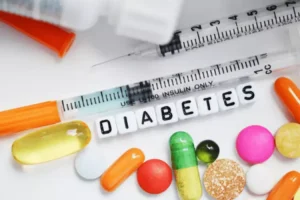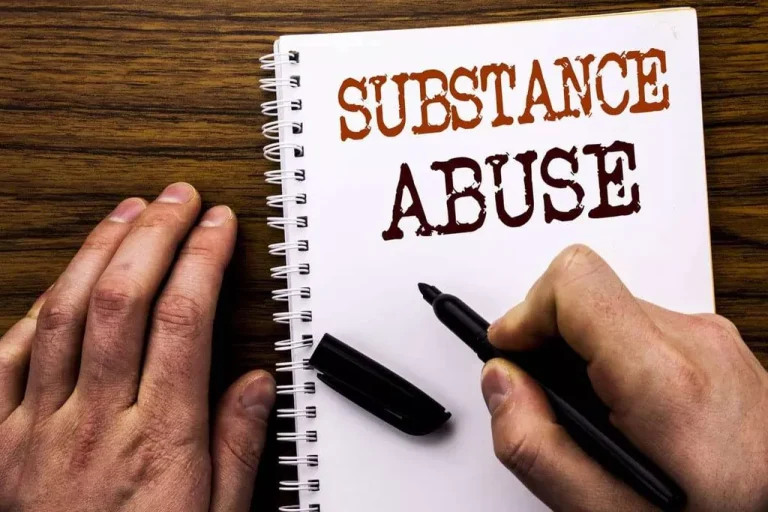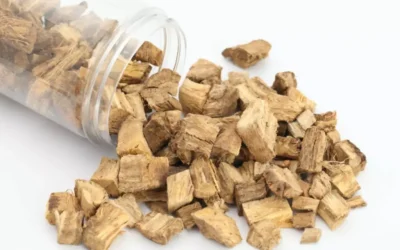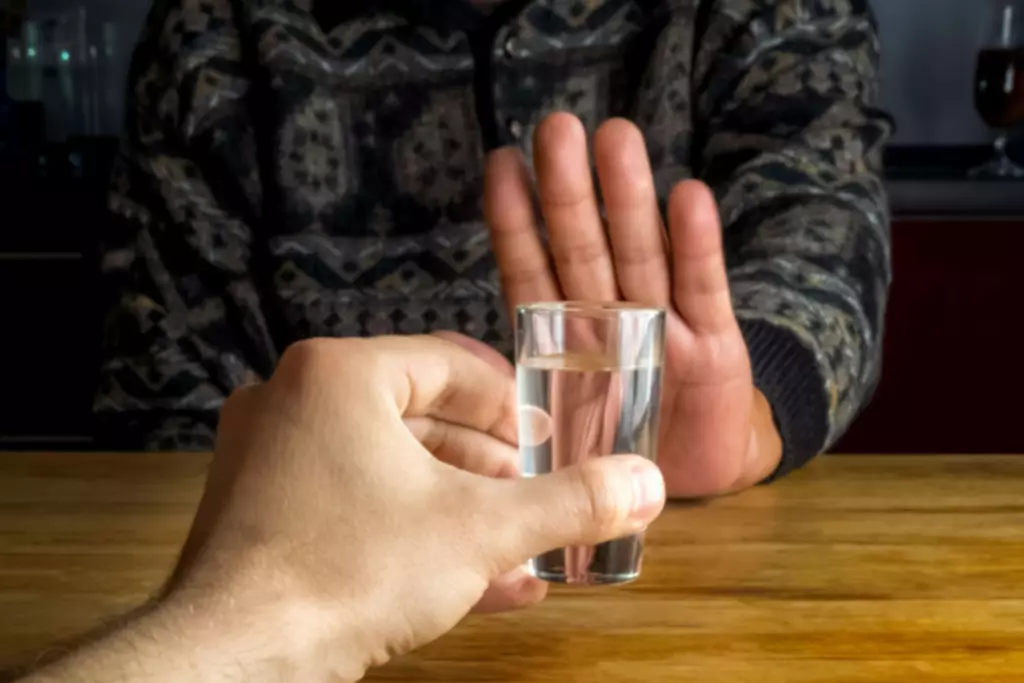If you have tried Dry January (or “Sober October”) in the past and “failed,” or if the idea of giving up alcohol completely for just a month doesn’t excite you, don’t be hard on yourself. Just because something is popular doesn’t mean it’s the right solution for you. And most importantly, as with any habit change, plan for how you’ll manage any obstacles or difficulties you’ll face along the way. This liquor replacement company is getting rave reviews for its incredible products. They sell everything from zero-alcohol gin, tequila, rum, and whiskey – each one tasting like the real deal.
What is the Dry January Challenge?
It’s common for people to lose their alcohol cravings and realize drinking need not occupy such an ample space in their lives. If this is you, consider continuing for another 30 days, or just embrace https://thecaliforniadigest.com/top-5-advantages-of-staying-in-a-sober-living-house/ your new attitude toward drinking where it’s an occasional indulgence. This not only helps your body detox but can also significantly decrease the overall alcohol consumption over time.

Why Participate? The Benefits of an Alcohol-Free Month
- They may not give you a buzz, but non-alcoholic beverages sure are generating a lot of buzz with an influx of products on the market.
- So if you’re looking for something more than a regular mocktail, Kin might become your new go-to drink.
- Otherwise, think about joining a support group or a community within a hobby you love to meet new people.
- Many participants decide to go forward more mindfully and stay observant of their habits.
- This shows the importance of having specific and clear intentions for what you want to achieve.
If going fully dry feels too restrictive and causes some anxiety, planning for a dryish month might be better. The top reasons people chose to participate included improving their health and gaining more control over drinking habits. Last year, celebrities went candid and told the world they’d be doing the DryJanuary Sober House challenge right alongside everyone else. Bella Hadid, the 26-year-old supermodel, cut down on her drinking and became a big fan and partner of non-alcoholic adaptogenic drinks from Kin Euphorics. The ingredients range from fruit juices, vitamins, nootropics, botanics, and adaptogens to help you feel your best.
Tips To Complete Dry January
- And better yet, see if you can enlist someone to do Dry January with you.
- Freed from the ebb and flow of alcohol-induced moods, we find ourselves standing on the shores of raw authenticity.
- So much of the journey is focused on mindset, and we emphasize that just as we previously taught our brains to rely on alcohol, we can unlearn these tendencies and chart a healthier path forward.
- The health benefits continued long past the one-month mark, and most of the studies included people who didn’t do a completely Dry January, making the results all the more impressive.
The beauty of this challenge isn’t just the physical benefits — it’s the powerful transformation that can happen when you see yourself making positive changes. Meanwhile, alcohol Change UK, the charity that started it all, also hosts their own podcast called Try Dry. Each week throughout January they interview a guest to talk about everything related to going dry and offer tips for support and guidance. Mindful drinking is also not recommended for everyone, including people who have dealt with binge drinking, or those who have alcohol use disorder. This can mean instead of seeing where the night takes you, you set a limit for yourself—like a glass of wine with dinner—and you truly savor the drink, along with your meal and your company. Those situations and amounts can differ as well, but the point is to go into drinking with a plan.
- One heralds its call at the inception of the year, riding the wave of new beginnings, while the other strides onto the stage as autumn’s embrace ushers in a season of reflection.
- As always, find us on Instagram at @latimesforyourmind, where we’ll continue this conversation.
- Andrew Forsstrom, a chef from Monroe, New York, said his daughter played a big role in why he chose to take part in Dry January.
- Download apps, like Sunnyside, and become a part of a community of supportive people ready to go through the month with you.
- Each January, some people choose to abstain from alcohol for the entire month.
- So, what if you’re not quite ready to go fully dry — but you’d still like to participate?
- This is a 21-day habit change program that can be done in only 15 minutes a day.














